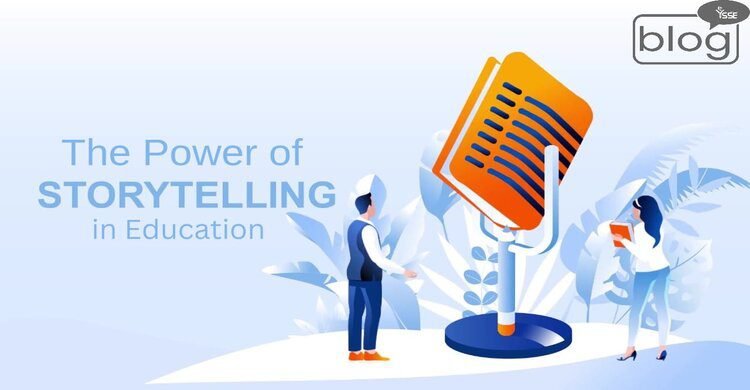From ancient times to the present, stories have been a vital part of human culture whether they are painted on walls, told around fires, or anything else. A good story can amuse, inform, and motivate at the same time, it can provide fun, teach, or even stimulate creativity! Especially in educational settings, stories can help students to be more involved, learn more, and imagine more.
The narrative is A Power to Conquer:
Stories have an amazing ability to draw learners of all ages into learning experiences. They take us to faraway places, show us fascinating personalities, and guide us on thrilling journeys. Through storytelling power, students become active participants in their education process rather than passive recipients of information.
Exploring the Hidden Benefits of Storytelling
Storytelling in education provides far more benefits than mere entertainment: stories can foster a deeper understanding of complex ideas, build critical thinking skills, and foster empathy and social awareness.
Enhancing Comprehension
Storytelling provides an engaging environment for learning. Teachers can help students learn hard ideas better by telling them new information in stories. Stories can make the hard ideas more real and easy to connect with for the students. This way, the students can remember the hard ideas for a long time because the stories can make them feel and think.
Promote Critical Thinking Skills
Stories often present difficulties and challenges that require careful thought. By engaging with these narratives, students are encouraged to assess situations from various viewpoints, assess various options available, and reach their conclusions. Storytelling fosters curiosity and critical thinking while equipping young learners as active participants in learning environments.
Nurturing Empathy and Social Awareness:
When we read stories, we can see how other people live, feel, and face difficulties. Students can learn to understand and care for others better by reading stories from different cultures and backgrounds. They can also realize how we are all connected as humans and how we can celebrate our differences.
Integrate Storytelling into Your Classroom:
Teachers can utilize storytelling in numerous ways to enrich student learning experiences. Reading aloud to students, integrating storytelling into lesson plans, and encouraging children to create their tales are just some of the ways storytelling can be effectively integrated into curriculums.
Reading aloud to students, whether traditional books or teacher-created narratives, provides an engaging and compelling way to introduce new concepts and explore different viewpoints. Voice expressions, pauses, and sound effects help bring stories alive while captivating young learners’ imaginations.
Storytelling in Lesson Plans
Storytelling can easily fit into any lesson plan across subjects, whether science or history. When applied to science subjects like solar system or water cycle explanations, storytelling provides a more relatable and memorable learning experience for students. When used for history learning purposes, storytelling helps bring events and figures back to life more directly – making history lessons more relatable and enjoyable for the learner.
Encourage Student Storytelling in Classrooms
Writing stories can help students to express themselves, use their creativity, and explore their imagination. Storytelling helps children explore their experiences while processing emotions and developing narrative skills.
Storytelling has long been recognized for its impactful role in education. By including storytelling in their learning processes, educators can captivate students, enhance comprehension, and foster critical thinking, empathy, and creativity – not simply teaching tools but an art form with the potential to transform how we understand and experience the world around us.
To read more blogs click here.
Writer,
Jannatul Afia Priya
Intern, Content Writing Department
YSSE

